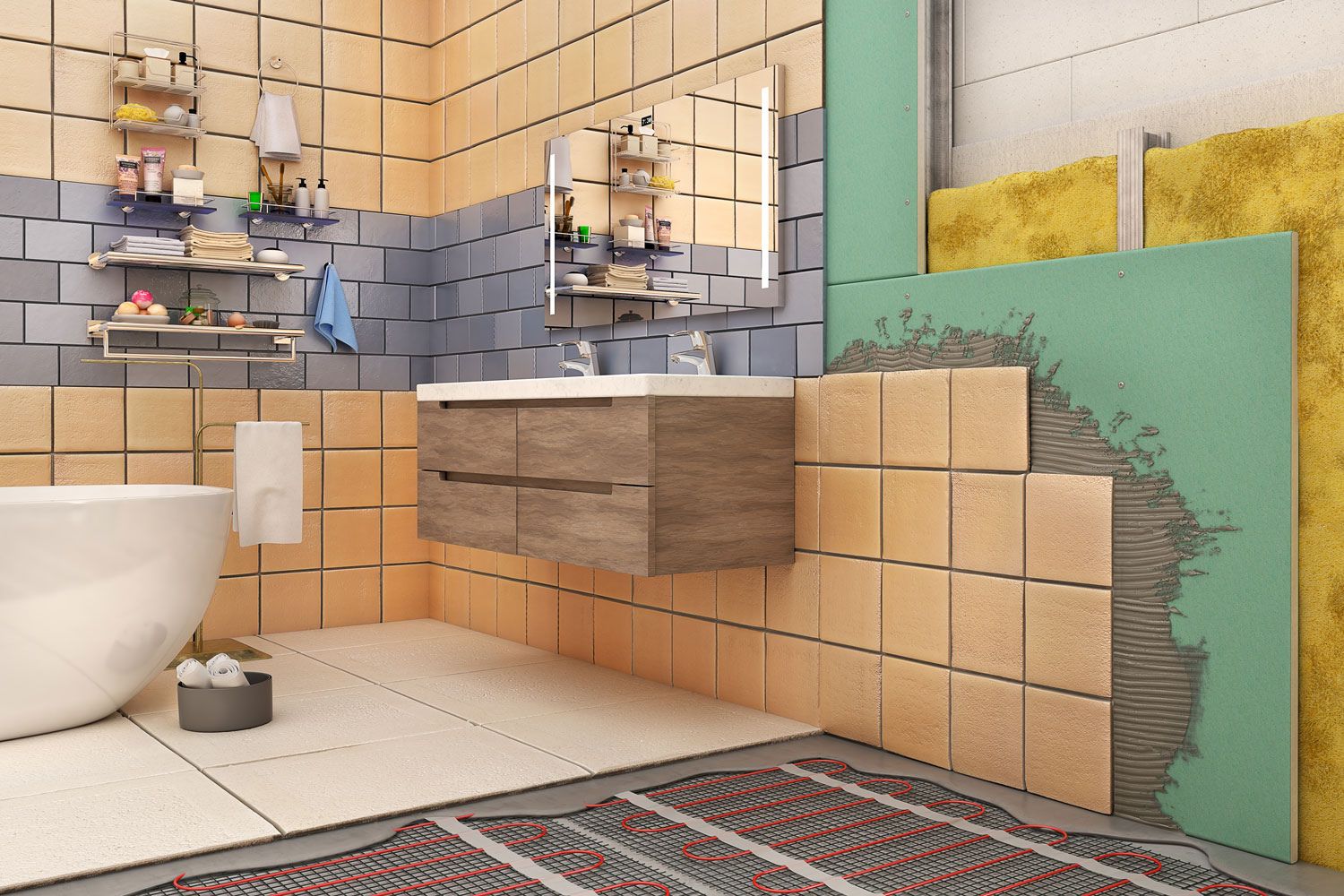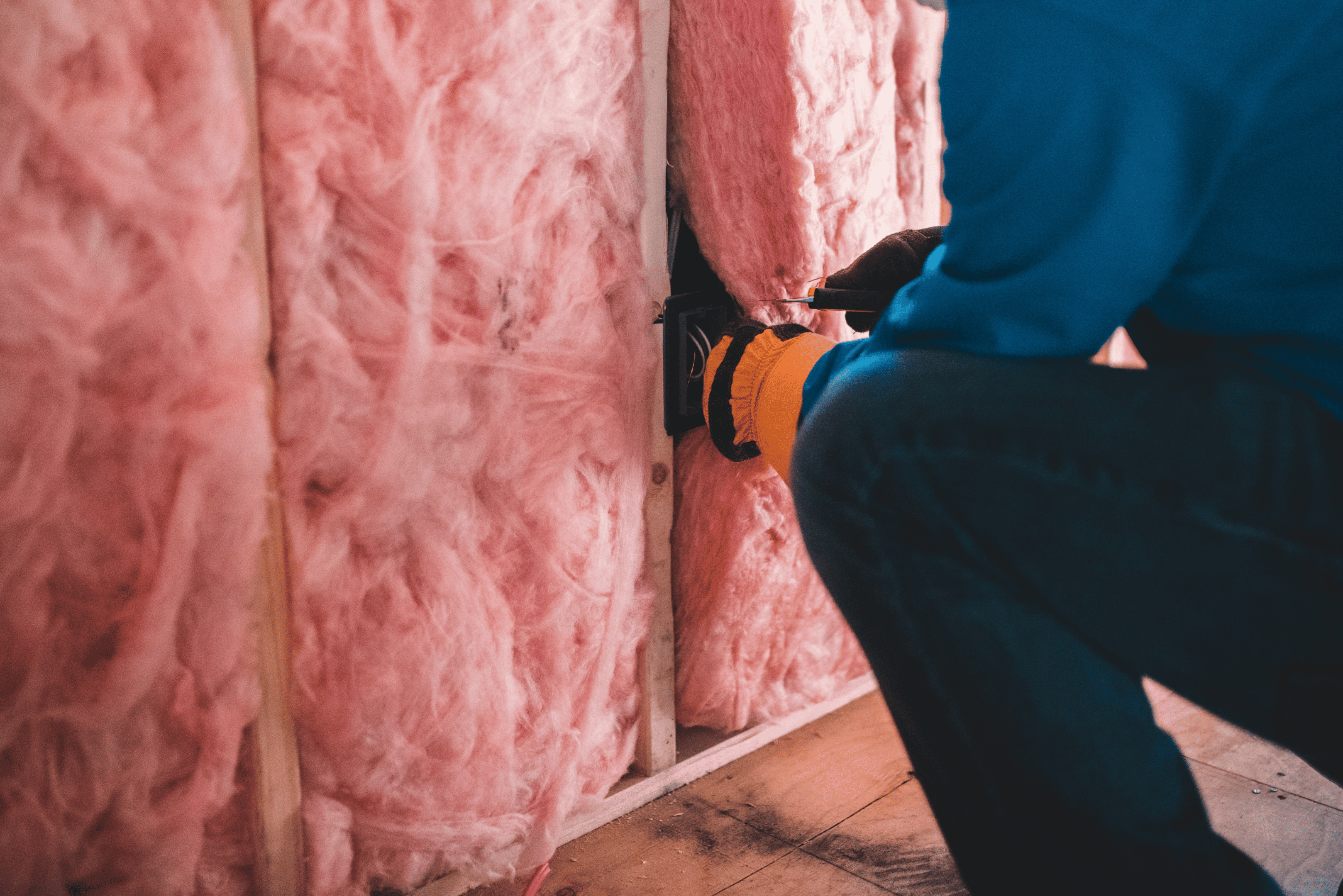Insulation Materials

Best insulation for bathroom walls – Insulating bathroom walls is crucial for maintaining a comfortable and energy-efficient space. Various insulation materials are available, each with unique properties and benefits.
While choosing the best insulation for bathroom walls is crucial to ensure a comfortable and energy-efficient space, it’s equally important to consider the overall design of your bathroom. For inspiration, explore hotel room design ideas that prioritize both functionality and aesthetics.
By incorporating elements like well-placed lighting, spacious showers, and stylish fixtures, you can create a bathroom that not only insulates well but also enhances your daily routine.
Types of Insulation
Fiberglass: A popular and affordable option, fiberglass insulation is made from tiny glass fibers that trap air and provide thermal resistance. It is moisture-resistant but not waterproof.
Cellulose: Made from recycled paper, cellulose insulation is environmentally friendly and provides excellent soundproofing. However, it is less moisture-resistant than fiberglass.
Polystyrene: Available in rigid or foam sheets, polystyrene insulation is waterproof and provides high R-values. It is lightweight and easy to install.
When selecting the best insulation for bathroom walls, consider factors like moisture resistance and thermal efficiency. If you’re seeking inspiration for a unique bathroom aesthetic, explore fortnite room decor for ideas. Fortnite’s vibrant graphics and immersive environments can provide inspiration for creating a bathroom that’s both functional and visually captivating.
Ultimately, the choice of insulation should align with your specific bathroom requirements, ensuring a comfortable and energy-efficient space.
Spray Foam: A more expensive option, spray foam insulation expands to fill cavities and provide a continuous barrier against air and moisture. It offers excellent soundproofing and moisture resistance.
Factors to Consider
When choosing insulation for bathroom walls, consider the following factors:
- Moisture resistance: Bathrooms are prone to moisture, so choose insulation that can withstand humidity without deteriorating.
- R-value: The higher the R-value, the better the insulation’s ability to resist heat flow. Aim for an R-value of at least 13 for bathroom walls.
- Soundproofing: If noise reduction is a concern, choose insulation with a high sound transmission class (STC) rating.
Installation Methods

Installing insulation in bathroom walls can be done as a DIY project or by hiring a professional. The choice depends on factors such as the complexity of the project, your skill level, and the availability of tools and materials.
DIY Installation
For DIY insulation installation, you’ll need the following tools and materials:
- Insulation material (e.g., fiberglass, cellulose, spray foam)
- Stud finder
- Utility knife
- Safety glasses
- Gloves
- Measuring tape
- Caulk gun
- Caulk
Follow these steps for DIY insulation installation:
- Locate the studs in the wall using a stud finder.
- Cut the insulation to fit between the studs.
- Insert the insulation into the wall cavity, ensuring it fits snugly.
- Caulk around the edges of the insulation to seal any gaps.
Professional Installation
Hiring a professional insulation contractor is recommended for complex projects or if you lack the necessary skills and tools. Professional installation typically involves:
- Assessment of the insulation needs
- Selection of appropriate insulation material
- Preparation of the wall cavity
- Installation of insulation
- Sealing and finishing
Professional insulation installation ensures optimal performance, energy efficiency, and safety.
Cost and Energy Savings: Best Insulation For Bathroom Walls

Insulating bathroom walls can be a cost-effective way to improve the energy efficiency of your home and save money on your energy bills. The cost of insulating bathroom walls will vary depending on the size of the bathroom, the type of insulation used, and the labor costs in your area. However, the potential energy savings can be significant, making the investment worthwhile in the long run.
To calculate the potential energy savings that can be achieved by insulating bathroom walls, you need to know the following information:
- The current R-value of your bathroom walls
- The recommended R-value for your climate zone
- The cost of energy in your area
Once you have this information, you can use the following formula to calculate the potential energy savings:
Potential energy savings = (Current R-value – Recommended R-value) x Area of bathroom walls x Cost of energy
For example, if you live in a climate zone that requires an R-value of 30 and your bathroom walls currently have an R-value of 10, then the potential energy savings would be:
Potential energy savings = (30 – 10) x 100 square feet x $0.10 per kWh = $200 per year
This is just an example, and the actual energy savings you achieve will vary depending on your specific circumstances. However, it is clear that insulating bathroom walls can be a cost-effective way to save money on your energy bills.
Government Incentives, Best insulation for bathroom walls
In addition to the potential energy savings, there may also be government incentives or rebates available for insulation projects. These incentives can vary depending on your location and the type of insulation you use. To find out what incentives are available in your area, you can visit the Database of State Incentives for Renewables & Efficiency (DSIRE) website.